Japan's leading newspaper Nikkey headlined "Vietnam's third quarter growth rocketed to 7.4%, highest in 2 years" yesterday.
It has been a long time since the international press has had such positive news since the economy went through so many ups and downs starting with Covid-19.
This data is quoted from the General Statistics Office, according to which GDP in the first nine months of 2024 is estimated to increase by 6.82% over the same period last year and gradually return to growth momentum.
This is good news despite the fact that Typhoon Yagi left many socio-economic consequences in more than 20 northern provinces, which account for more than 40% of the country's GDP. The storm caused initial economic losses estimated at VND81,503 billion; the banking sector alone had total outstanding loans affected by Typhoon Yagi reaching VND165 trillion ($6.6 billion).
But surprisingly, the provinces most severely affected by Typhoon Yagi had the highest growth rates, such as Lai Chau 11.6%, Dien Bien 10.55%, Phu Tho 9.56%, Tuyen Quang 9.14%, Hoa Binh 9.02%. The two provinces with the greatest damage, Quang Ninh and Hai Phong, also had very high growth rates of 8.02% and 9.77%, respectively.
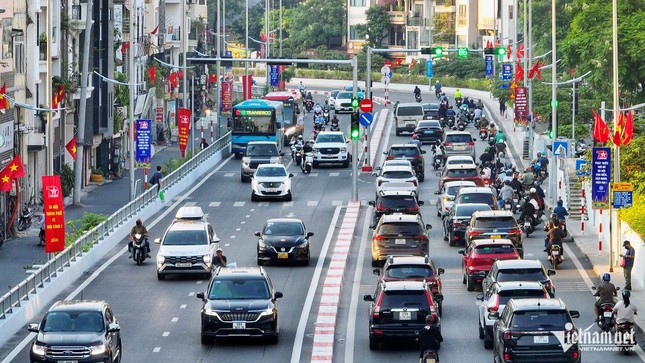 |
| The high growth rate is thanks to the widespread digital transformation. Photo: Pham Hai. |
High growth is always the pressure of the terms, as well as the requirement of the country's reality to narrow and catch up with the development gap with leading countries in the region and the world.
Therefore, the high growth in the third quarter of this year gives a positive signal after a series of subjective and objective factors such as Covid-19, economic downturn, the "fear of responsibility" of the apparatus, typhoon Yagi...
The leader of the Ministry of Planning and Investment explained to me that the high growth rate was achieved thanks to the widespread digital transformation.
This explanation seems to be satisfactory. Vietnam has been trying to “nest” to attract “eagles” in the AI and big data industries for several years now and has to compete fiercely with neighboring countries such as Malaysia, Thailand, and Singapore, which have welcomed real “eagles”.
However, the General Statistics Office should publish relevant figures to see how digital transformation has made a strong mark on growth.
Vietnam's growth has long depended largely on increased investment and consumption, as clearly shown by the fact that Vietnam's ICOR coefficient is always among the highest in the world.
In recent years, capital for public investment has increased dramatically to develop major projects such as the North-South Expressway, Long Thanh Airport, Ring Road 4 in the Capital Region, Ring Road 3 in Ho Chi Minh City, etc. to stimulate the economy in the context of shrinking private investment.
But now economic growth no longer depends much on investment capital, as it has traditionally done. The evidence is that public investment disbursement only reached 47% in the first 9 months of this year. Ho Chi Minh City has only disbursed 20%, Hanoi has disbursed nearly 39%.
This is evident in the cement and steel industries with high inventories and many businesses in debt.
Public investment is not on schedule, private investment only increased by 7.1%, just over half of the previous growth rate, but growth is still like a "rocket", showing that Vietnam's growth is no longer too dependent on investment - something that capital-intensive economies have always relied on in recent decades.
Deputy Minister of Planning and Investment Tran Quoc Phuong said: "We can understand that if there were no storm, the figure (growth in the third quarter) could be higher than 7.4%."
He added that according to the scenario built with the results of the third quarter and the first nine months, the Ministry of Planning and Investment will continue to report to the Prime Minister and the Government to maintain the target of striving for 7% growth for the whole year. "If conditions permit, we can strive for higher than 7%," he said.
If the growth rate is as committed, Vietnam will be a bright star in the East Asia - Pacific region.
According to the World Bank's East Asia and Pacific Economic Update released on October 8, the region's overall growth is forecast to reach 4.8% in 2024. Growth in the region's largest economy, China, is forecast to be only 4.8% in 2024.
Thus, economic growth in our country - as published data - proves that, at the macro level, the Vietnamese economy has improved dramatically in quality and efficiency because it has great resilience to natural disasters and instability in the world.
Original article link: https://vietnamnet.vn/tang-truong-cua-viet-nam-nhanh-nhu-ten-lua-2330450.html
According to VietNamNet
Source: https://tienphong.vn/tang-truong-cua-viet-nam-nhanh-nhu-ten-lua-post1680955.tpo


![[Photo] Looking back at the impressive moments of the Vietnamese rescue team in Myanmar](https://vstatic.vietnam.vn/vietnam/resource/IMAGE/2025/4/11/5623ca902a934e19b604c718265249d0)


![[Photo] "Beauties" participate in the parade rehearsal at Bien Hoa airport](https://vstatic.vietnam.vn/vietnam/resource/IMAGE/2025/4/11/155502af3384431e918de0e2e585d13a)




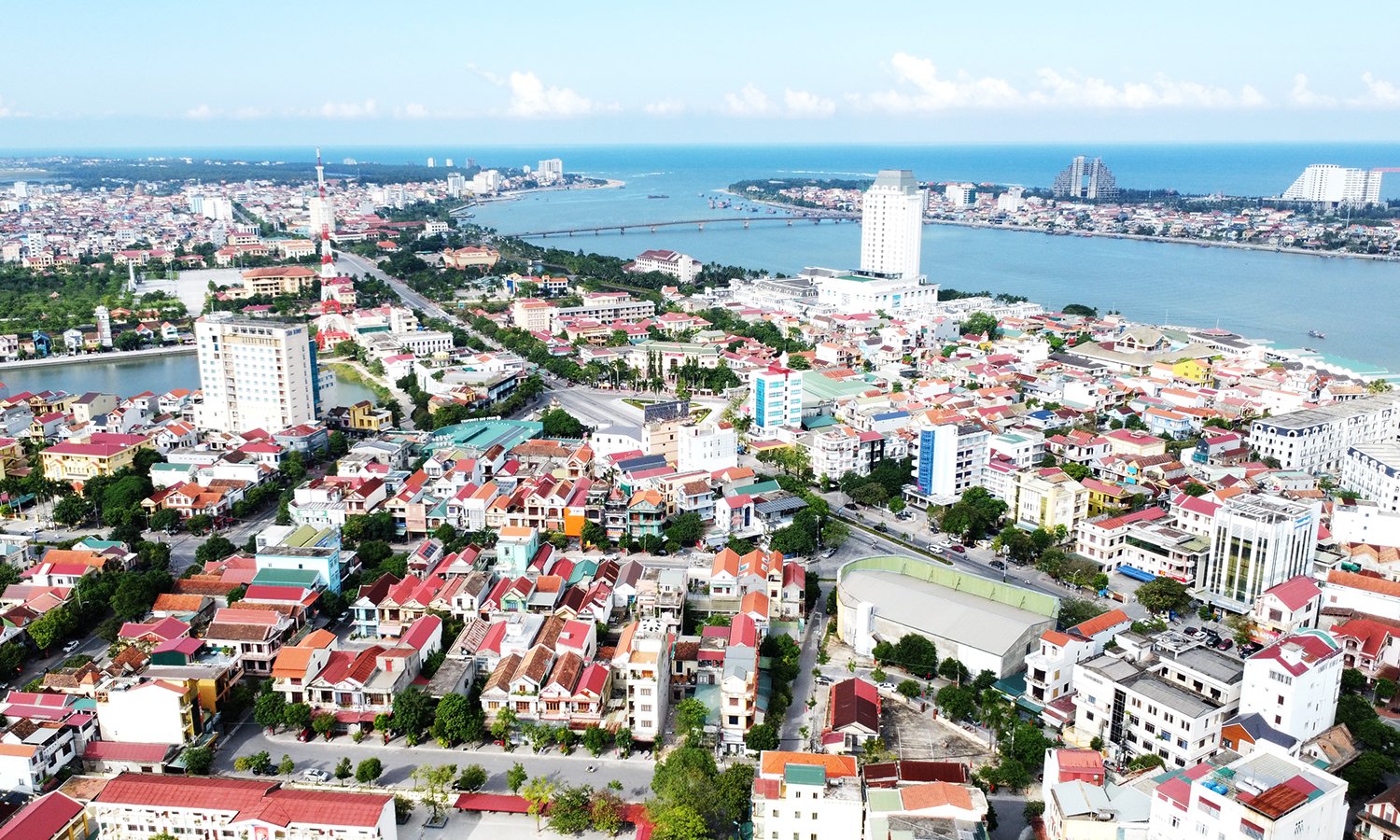




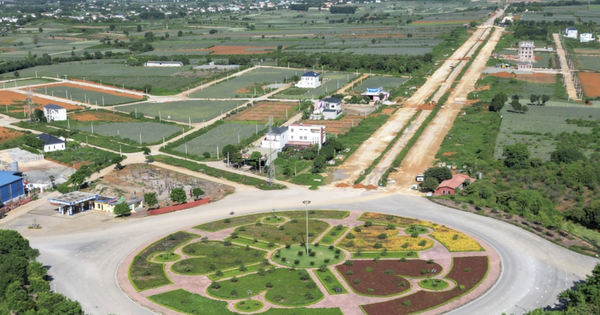



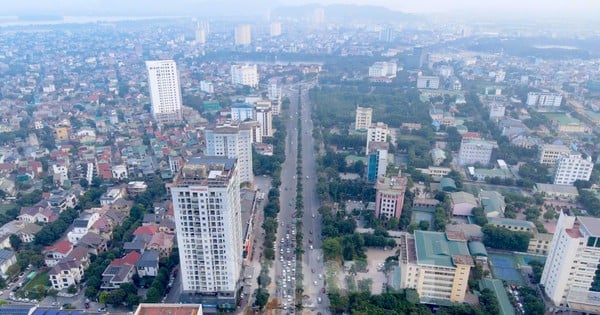
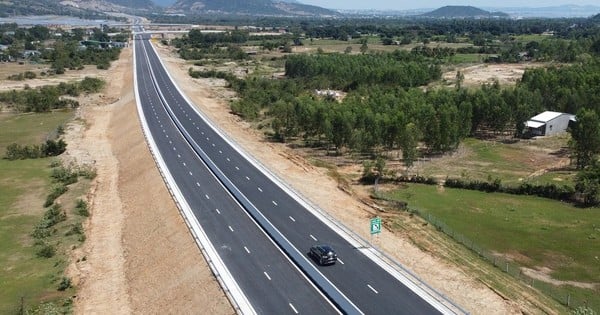









![[Photo] Summary of parade practice in preparation for the April 30th celebration](https://vstatic.vietnam.vn/vietnam/resource/IMAGE/2025/4/11/78cfee0f2cc045b387ff1a4362b5950f)








































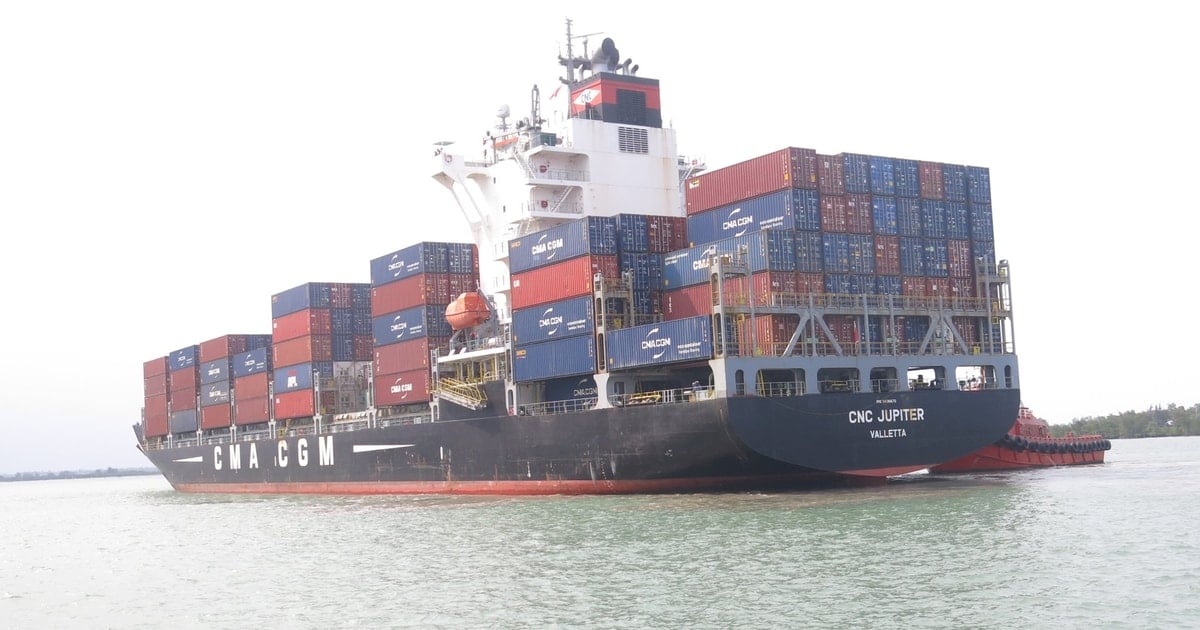



















Comment (0)